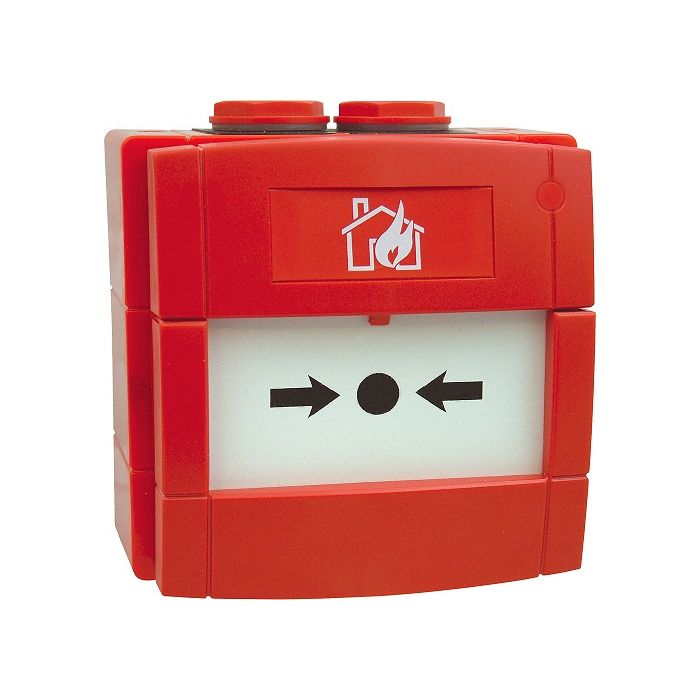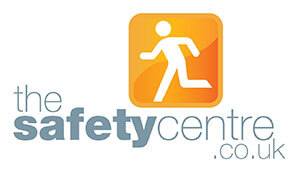Fire Alarm System Call Points Explained
Fire Alarm System Call Points
Most Commercial and Industrial Fire Alarm Systems installed in the UK will have Call Point units as part of the system. These units are often the most visual indication of a fire alarm system and are instantly recognisable. These article gives an explanation into the types of call points and information as to where they should be installed.
Introduction to Call Points
In order to comply with BS EN 54-11 (The European / British Standard referring to manual call points) fire alarm call points should be red. Most call points are operated by breaking a frangible glass element which operates a micro-switch inside the call point (although some modern call points do now have plastic resettable elements). There are a variety of different call point manufacturers and types of call points, however within a single building it is good practice to use call points similar in appearance to avoid confusion. Call Points are available for Conventional / Non-addressable Fire Alarm Systems, Analogue Addressable Fire Alarm Systems, Wireless Fire Alarm System and Two-Wire Fire Alarm Systems. There are also specialist call points available for different applications such as weatherproof / waterproof call points and call points operated by a keyswitch instead of an element.
Where to Position Call Points?
BS5839 recommends that call points should be located on all final exits, all storey exits i.e. entrances to stairwells and also consideration should be taken to locating call point units near to any high risks or special hazards (e.g. in Kitchens or Spray Booths etc.).
Call points should be distributed in a building so that no one need travel any more than 45 metres to reach their nearest call point. This distance is measured against the actual route a person would follow taking into account locations of walls, partitions and fixings. For high-risk areas and special hazards as mentioned above a person should have to travel no more than 25 metres to reach their nearest manual call point taking into account fixtures and fittings.
In food preparation areas it is advisable to install call points with a plastic element rather than the glass element as the possibility of broken glass in these areas must be avoided.
For fully manned shops or certain other premises such as banks and bars for example where the possibility of malicious operation is high, the public may not have access to manual call points, but the staff have been provided concealed manual call points. The use of concealed call points is always decided in consultation with fire authorities and is subject to a variation from BS5839.
The mounting height of call points should be 1.4 metres +/-0.2m above the floor level and call points should project by 15mm from the wall (i.e. not completely flush), this allows the call point to be seen from the side. Where disabled people are expected to operate call points, it can be agreed with a consultation to install the call points at a lower height. The agreed height should be documented on the fire alarm certificates.
Manual Call Points should be located on escape routes and, in particular, at all storey exits and all exits to open air (whether or not the exits are specified fire exits), so that it is impossible to leave the storey or the building without passing a manual call point.

If you're interested in these products, you may be interested in our Fire Alarm Call Point Test Keys ranges.






